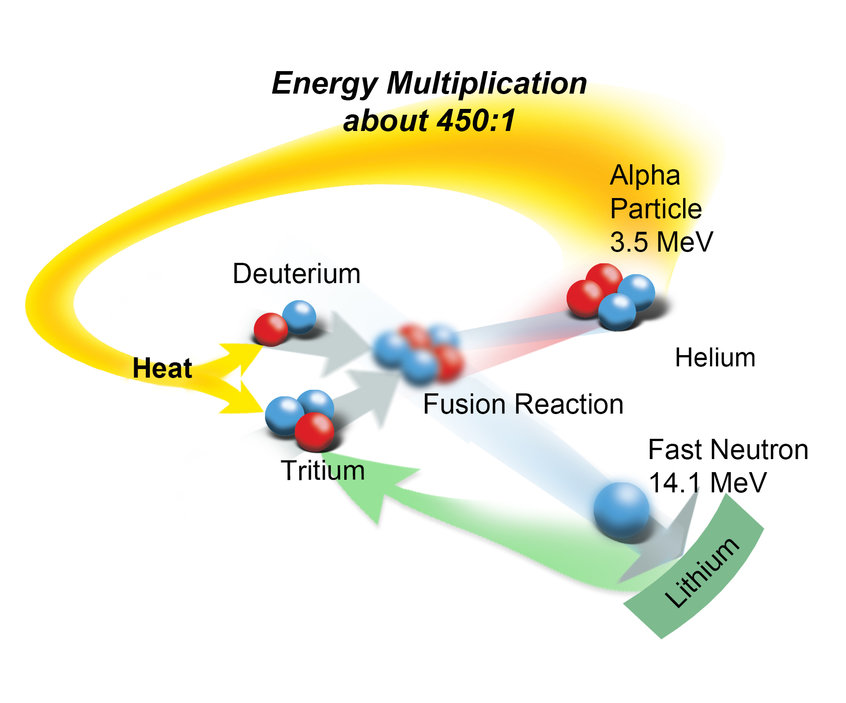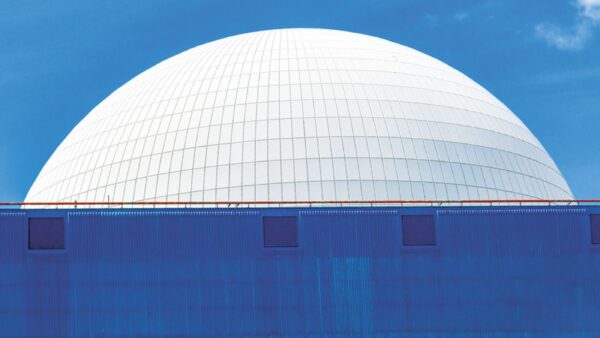China has set itself a target date of 2030 to build the world’s first hybrid fission-fusion reactor (FFHR), according to Science and Technology Daily, a newspaper run by the Ministry of Science and Technology.
The project is being attempted by the Academy of Engineering Physics in Sichuan, a military research facility where nuclear weapons are developed.
A viable fusion reactor is nowhere in sight, not to mention a hybrid. It’s like talking about hybrid cars before the internal combustion engine was even invented.– Physicist at Tsinghua University
If successful, it will give China a lead in a technology that many other countries are trying to develop, including the EU, the US, Russia and Japan. All these countries have research programmes, but none has announced a development timetable.
Professor Wang Hongwen, the deputy director of the hybrid reactor project, said that the key components would be built and tested around 2020, with an experimental reactor complete by 2030.
The FFHR concept has a number of purported advantages over conventional fission reactors, including fourth generation conventional designs now on drawing boards in a number of countries.
Researchers believe that hybrid reactors can generate twice as much electricity as fission reactors and that they are safer, because they can be immediately stopped by cutting the external power supply.
Another advantage is that they will be able to “burn” uranium-238, the isotope in which more than 99% of uranium occurs in nature.
This will greatly expand the amount of uranium fuel available for the nuclear industry.
It will also allow the recycling of waste from China’s 26 fission reactors (shortly to be 50, once projects already under way are completed).
Proponents say the use of hybrids would extend the lifetime of China’s domestic fuel resources from a century to several thousand years.
Some are sceptical
The FFHR concept has been around since the 1950s, but some scientists are sceptical about its technical feasibility. (A joke among scientists is that a working fusion reactor is 50 years away – and always will be.)
This view was echoed by a physicist with Tsinghua University, who told the South China Morning Post: “A viable fusion reactor is nowhere in sight, not to mention a hybrid. It’s like talking about hybrid cars before the internal combustion engine was even invented. We will be lucky to have the first fusion reactor in 50 years. I don’t think a hybrid can be built way before that.”

A diagram of the fusion reaction, courtesy of the US ITER
Russia had appeared to be in the lead in fission-fusion technology, and in October last year offered to collaborate with the Chinese on its development.
What happens in a fission-fusion reactor
The process works by putting the fusion reactor inside the fission reactor. In the central reactor, a plasma soup of deuterium and tritium (isotopes of hydrogen and helium) are heated inside a magnetic field. At a certain temperature, the atoms fuse to produce helium and a fast neutron.
The helium is electrically charged and remains within the magnetic torus, which allows the thermal energy of the reaction to be retained. However, a dense flux of fast neutrons passes through and into the blanket of U-238 outside, which splits in the familiar chain reaction of the fission process.
The key factor in this process is the dimensionless variable known as Q, which denotes the ratio between the amount of energy needed to heat the plasma in the torus and the amount of energy produced by fusion.
Experimental fusion reactors such as the European Consortium for the Development of Fusion Energy’s Joint European Torus (JET) reactor (pictured) have reached a Q value of less than one, whereas a FFHR of the kind that China wants to develop would have to have a value of 10.
Comments
Comments are closed.







I read many articles on fusion reactor but no one tell about how this generated heat is absorbed without contact or disturbing plasma shape.